One of the biggest challenges of sharing mind maps with others is that many people don’t know how to read them. Michael Deutch from Corel has come up with a simple solution to this common challenge: use right-facing mind maps. Here’s his rationale:
“Many people tend to create maps that make sense to them. That’s a great way to go about mapping but it doesn’t always yield the optimal content for consumption by other people. I want to reduce the cognitive overload and burden on the consumer of the content. A familiar list-like format provides a clearer starting point and path to review content than a radial diagram does,” he explains.
5 advantages of right-facing mind maps
Here are five scenarios where right facing mind maps are superior to radial mind maps:
- They’re much easier for people not familiar with mind maps to understand
- You can use them to display a timeline or a process, which can be read from top to bottom.
- If your mind map incorporates topic calculations, a right-facing mind map makes it easier to see how numbers roll up from lower to higher levels of the mind map.
- Their compact, rectangular layout makes very efficient use of screen real estate and printouts (in landscape mode)
- They make it easier to see connections between unrelated topics. If you add relationship lines between them, they have a neater appearance because they don’t have to snake from one side of the mind map to the other.
How to create a right-facing mind map
Each mind mapping program handles it a bit differently. But in general, you need to find where your program of choice places its map design commands. Within that menu tab, look for map direction commands and select the right-facing option. All of your topics will now be arrayed to the right of the central topic.
Here are some tips on where to find these controls in some of the most popular mind mapping programs:
MindManager 2018
MindView
XMind 2018
MindGenius
iMindQ
iMindMap
Note: iMindMap doesn’t enable you to create a right-facing map, or reformat a radial map into one. However, you can drag and drop topics to the right side of the central topic manually to give the appearance of a right-facing mind map.
MindMapper
MindMeister
When should you use a right-facing map format?
- When the people with whom you’re sharing your mind map MUST understand its meaning.
- When your goal is to show a timeline or a process.
- If you’re trying to show connections between seemingly unrelated topics
- If you’re including calculations in your map and “rolling them up” to higher-level topics
- If you’re trying to get your mind map to fit on a single printed page or screen of information
Good luck with creating your own right-facing mind maps.
If you have any questions about this map format, please post them in the comments below.

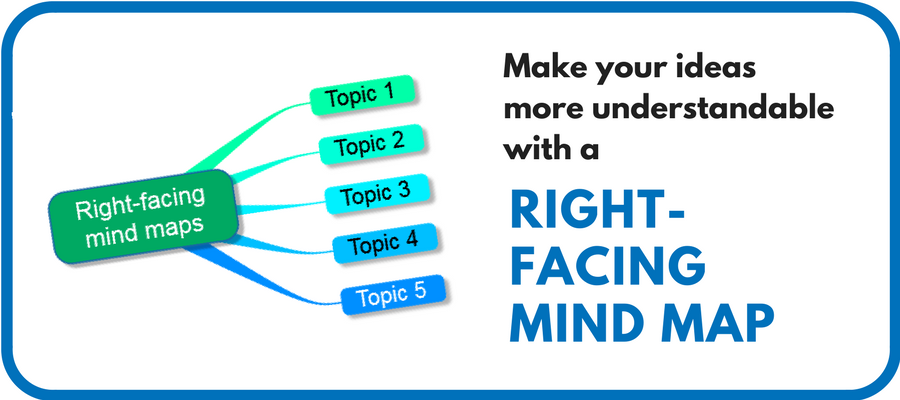
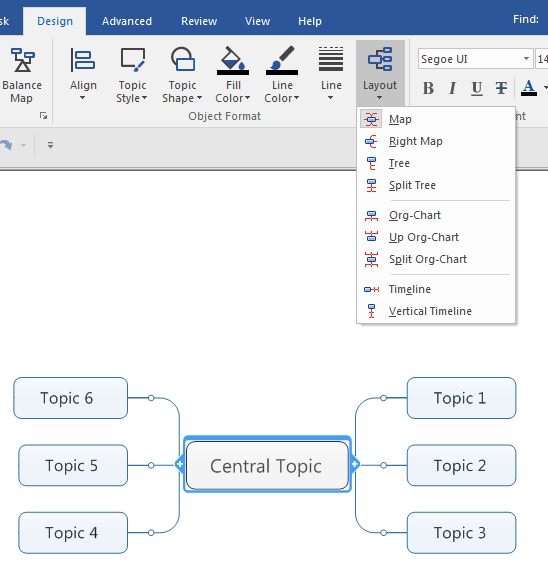
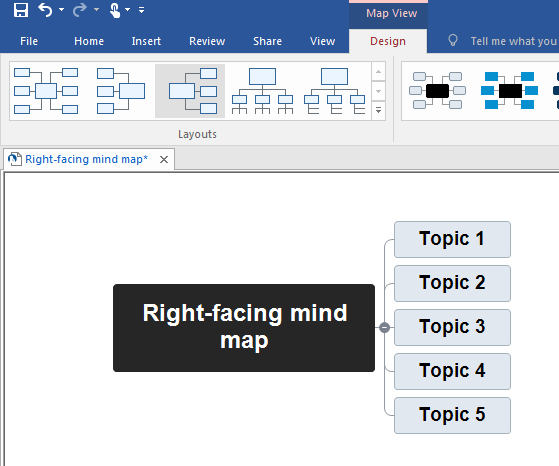
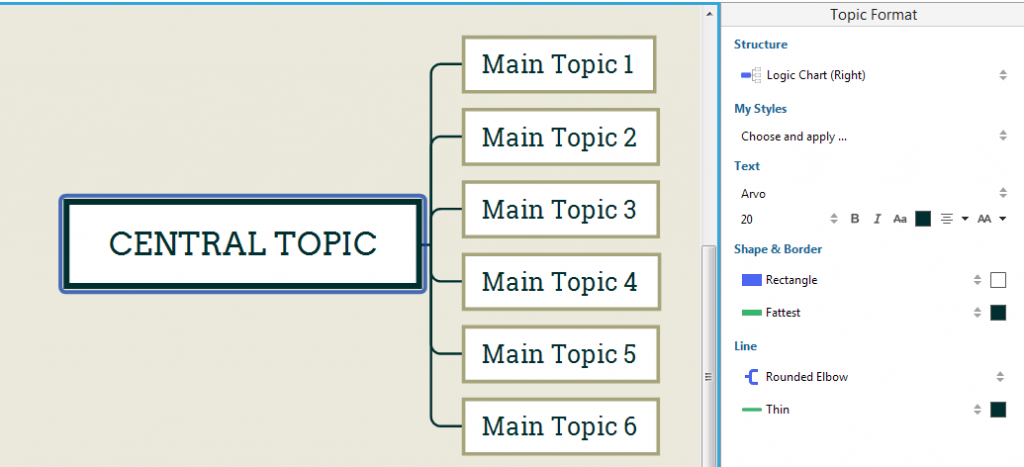
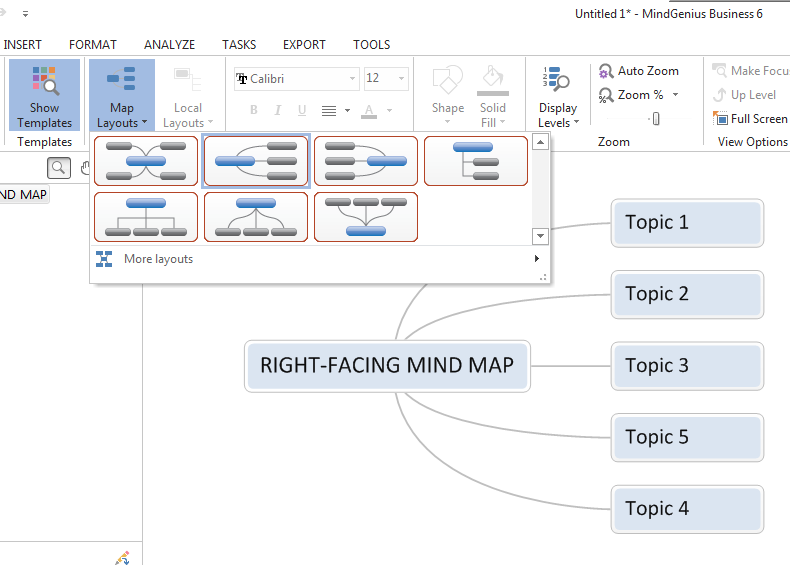
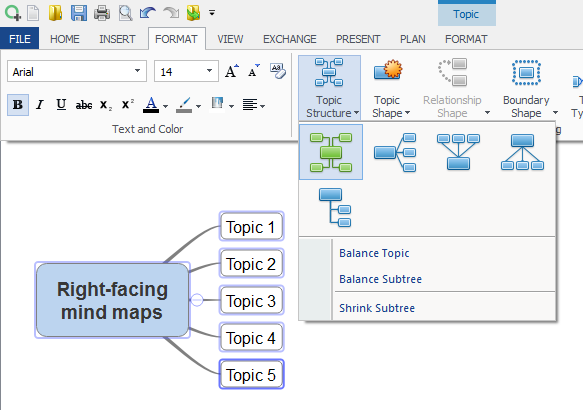
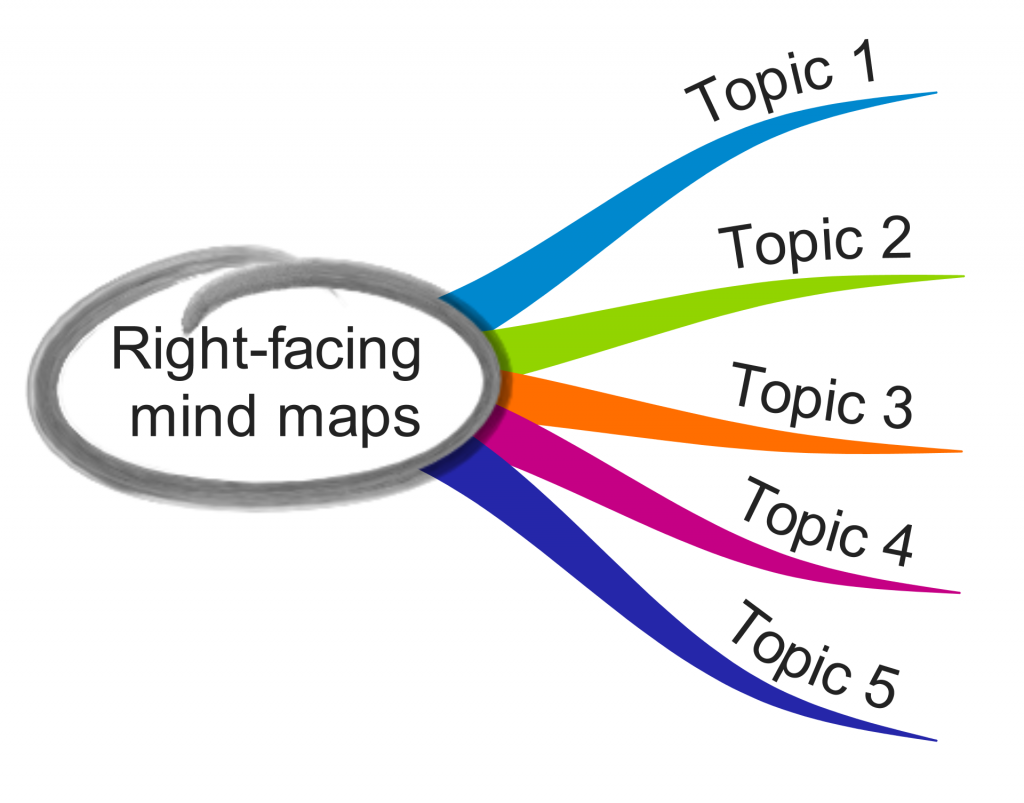
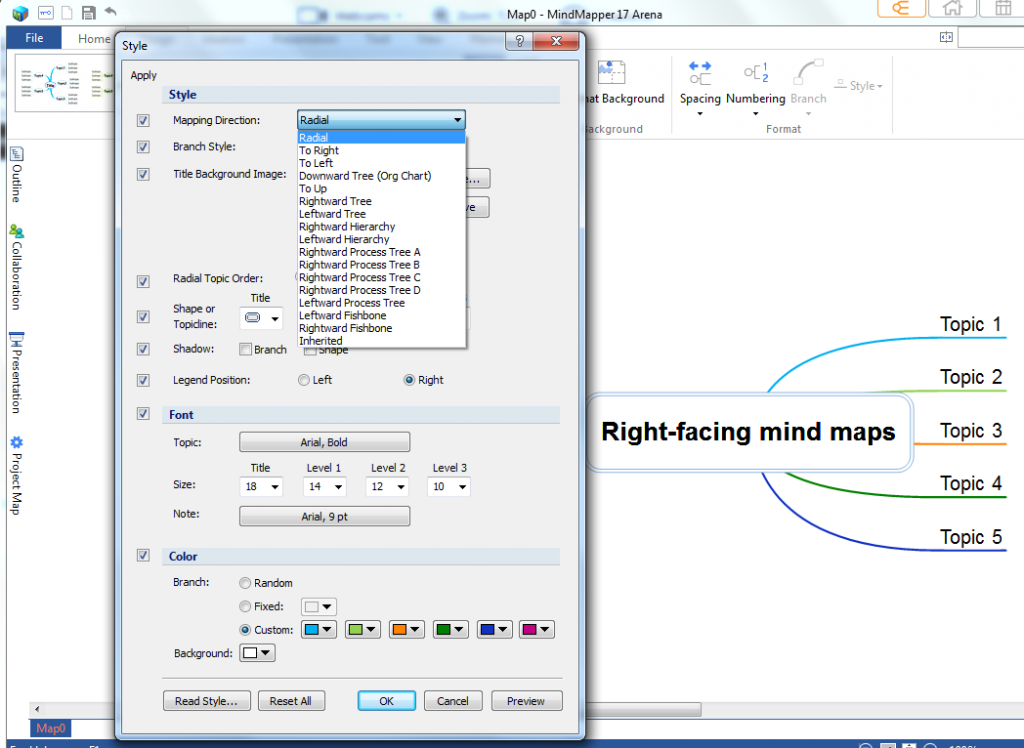
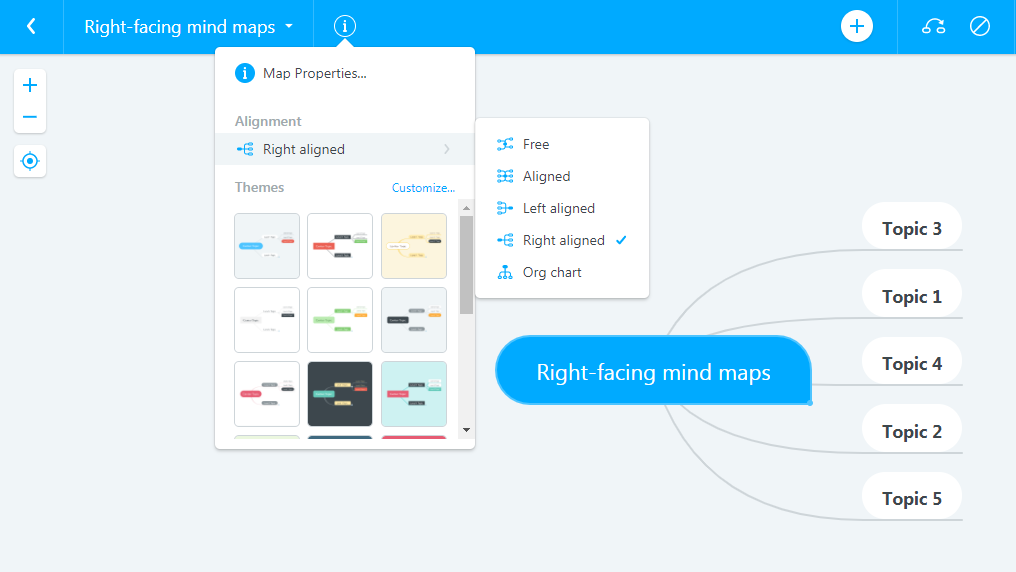
Leave a Reply